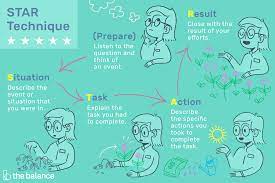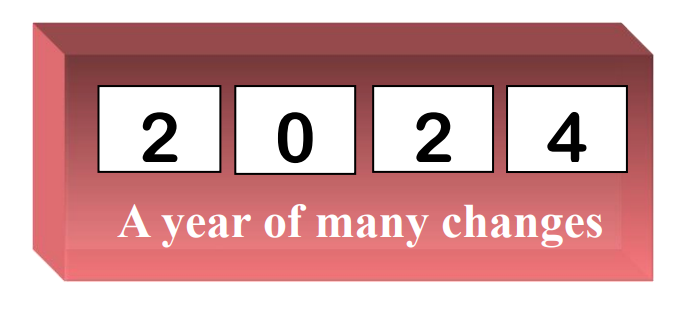Tips For Preparing For an Interview 2
Using the STAR Technique
Most interviewers use competency based interviewing techniques. It is the best way for an interviewer to find out whether you have the essential skills required and also how you approach situations, tasks and challenges. Also called behavioural or situational questions, they are often used in first interviews and can give a prospective employer a prediction of how you are likely to perform in the future.
So how can you prepare for an interview and ensure that through the nerves you give your best performance.
I have always found that the STAR model is a great way to structure your answers. If you master the technique it will give you the ability to break down the question and provide a full and structured response.
So what is the STAR Technique?
S…Situation briefly describe the situation or background to your example
T…Task explain the task or activity
A…Action outline the action you took
R…Result summarise the result

The STAR technique can be adapted to suit just about any competency based question.
Below is an example of a competency-based question and answer using the STAR technique.
Question:
How do you handle pressure and working to deadlines? (give us an example)?
Answer:
Every month all the staff in my office must submit their expense claims by a set date or they won’t be forwarded to payroll for payment that month. It is always a problem getting them in so my manager asked me to make sure they were all handed in and to enter all information on the spreadsheet by 5:00pm the next day. I firstly sat down and broke the task down into order of priority. Firstly I created the spreadsheet with all the staff details on, I then emailed the staff and asked them to send me their forms before they left for the day. The following morning I checked to see what forms were missing and before I started to enter the details on the spreadsheet spoke to the relevant staff that had not submitted their forms and explained to them that if they didn’t provide me with their forms within the hour they wouldn’t get paid their expenses that month. All the forms were submitted and I entered all the information on the spreadsheet and forwarded to my manager. She was happy because it was the first time everyone had submitted their expenses on time.
That is a simple example but the technique will work in any scenario.
If you do a bit of homework before the interview and look at the job description and person specification for the role, you could tailor your examples to suit the position you are applying for.
Take your time when giving your answers, base them on your own experiences so that if the interviewer comes back with a secondary question you will be able to answer it. Don’t be afraid to ask the interviewer to repeat the question, or for further explanation if you don’t fully understand it.
Lastly, but definitely not least, be yourself. Don’t go into the interview putting on a performance, any good interviewer will see straight through it. Try and sit in a relaxed position and if there is more than one person interviewing you, be sure to engage with all of them.
There is a lot of information out there about the STAR technique and some good videos on Youtube.
Good luck with your next interview and securing your perfect role.
What's going on in HR & Recruitment?
Take a look at our latest blog posts to learn what is going on in the HR and recruitment industry, and how it affects you. Plus some useful tips on how to secure that dream job.
Let's Talk
If you would like to know more about how we work
please contact us for a free, no-obligation chat.
All Rights Reserved | Phoenix HR | Privacy Policy | Website by WebJewel










